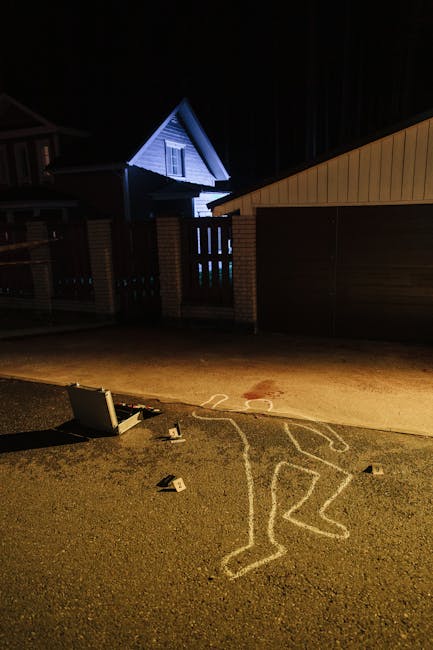 Roles of a Forensic Document Examiner
Roles of a Forensic Document Examiner
There are so many crime scenes and cases allover the world. These include murder cases, burglary, rape and other form of theft and violence among citizens. Crime scenes are usually delicate places that need to be secured before evidence is tampered with. To make the investigation possible, the police seek the help of a forensic Examiner to collect and examine small details which could show evidence. This is not an easy job as it requires patience since the procedures take sometime to complete. The forensic examiners have various roles they play. Some of their jobs are explained below.
The first work of a forensic document examiner is examinations. The forensic document examiner looks for evidence in materials and other item sound in the crime scene. They laps check for murder weapons and any small things that can lead to evident e. They look for things such as finger prints, hair, sweat, blood stains and other tiny details to the items found on the crime scene. The examiners work in labs and use scientific microscopes and other powerful devices to check and match DNAS. It becomes easy when the police have caught the suspect hence they match and know if he or she did the crime or not.
Secondly, another major task done by forensic document examiners is maintaining and keeping records. After the laboratory tests and findings, that data is to be kept safe and stored in databases. The examiners store that information in their computers and other storage external devices as a copy incase the first one is tampered with. The data stored can be used in the future and slap be handed over to the authorities for further investigation. The records should be well stored with strong passwords to avoid being stolen and tampered with especially when a court case is going on.
The third task of a forensic document examiner is testifying in court. After finding the findings and evidence against the perpetrators, the forensic examiner should appear in court to explain his or her findings. This helps build a case against the suspect and in favor of the person affected by the crime. The evidence presented in court should be clear and understandable by all parties in the court. At times, attorneys may imply so much pressure on you as an examiner but it is important for you to keep calm.
The fourth task of a forensic document examiner is certification. No police would want to deal with a non-certified forensic document examiner. You need to have a certificate from relevant authorities to operate. This assures the public that you qualify for the job and reliable. Forensic examiners not certified can at times be used by the perpetrators themselves to erase any evidence and tamper with the ongoing case. Certification is therefore very important. As an examiner, to qualify for the certification you must have worked for two years or more in the field. To conclude, some of the most important roles of a forensic document examiner are explained in the passage above.